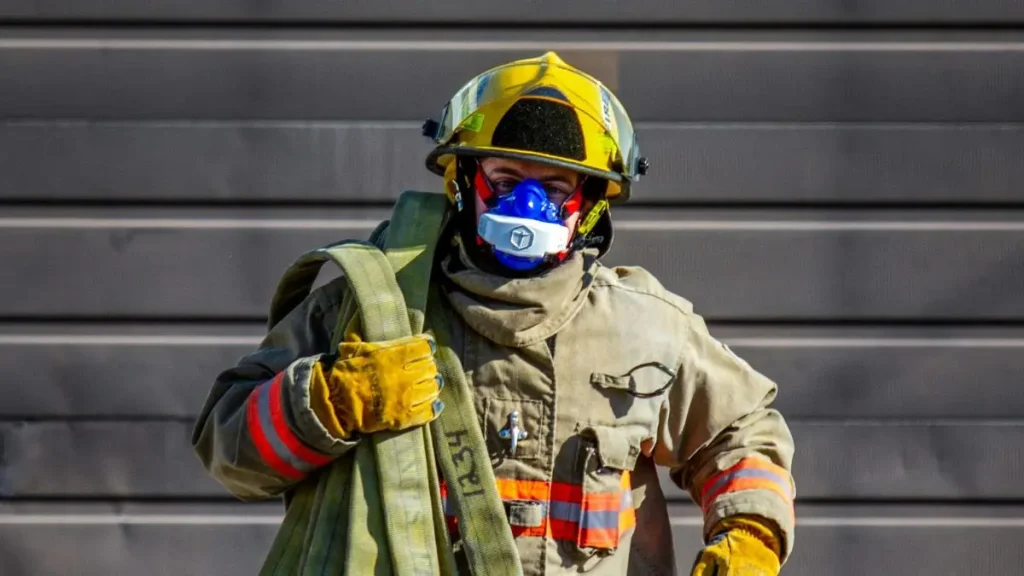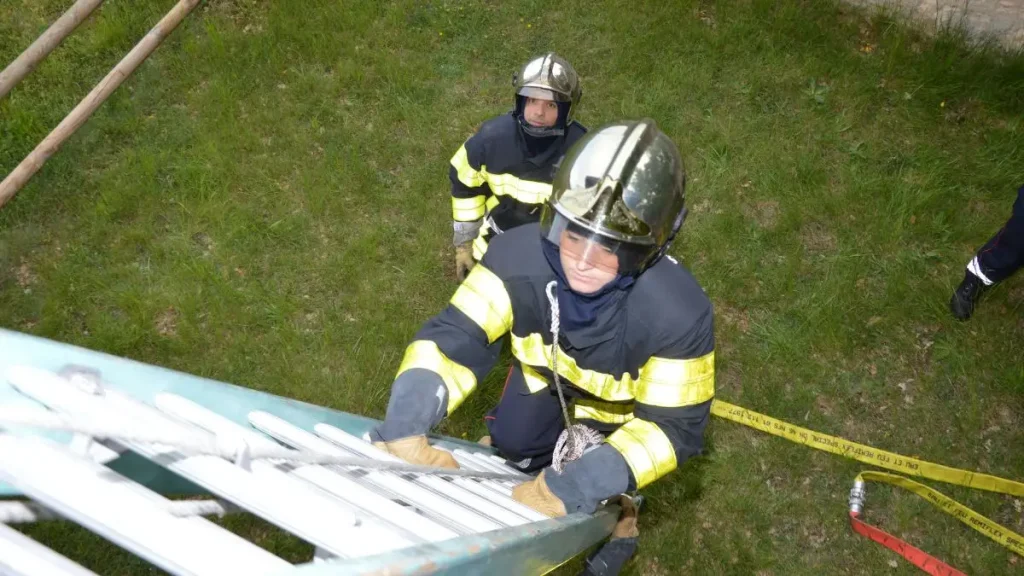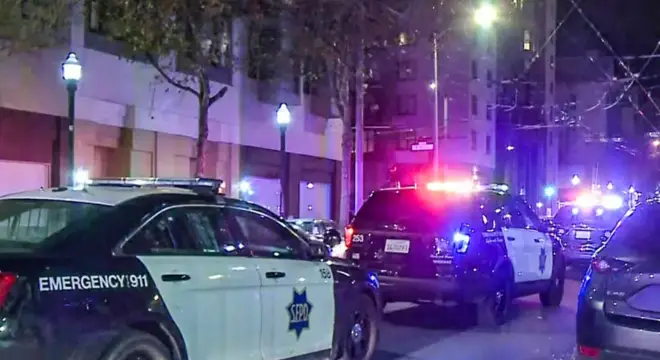Fire Destroys Home in Northeast Ohio; Investigation Underway
Last night, I woke up to the news of a house fire in Sheffield Township, Northeast Ohio, and it immediately caught my attention. Around 2:30 a.m., firefighters were called to a two-story home on North Ridge Road. Several area fire departments rushed to help, battling the flames in what quickly became a total loss.
When I spoke with neighbors, the situation sounded confusing at first. Some said the house was occupied, but the owner’s car wasn’t there. Fire crews later confirmed the home was actually vacant at the time. Even so, the image of a home being completely destroyed in the middle of the night is jarring — it’s a stark reminder of how quickly fire can change lives.
The State Fire Marshal’s Office is now investigating the cause. I know that many of you reading this might be thinking: Could this happen to me? That’s exactly why I want to break down not just what happened, but what you can do to protect your home and loved ones — starting with understanding the fire itself.
Extent of Damage

When I read the report on FOX8, it really hit me how destructive fire can be. The two-story home on North Ridge Road is considered a total loss.
Even though no one was inside at the time, just imagining all those memories, belongings, and the structure itself being wiped out overnight is heartbreaking.
From what the fire crews shared, the home was vacant, but the damage was absolute. It’s a sobering reminder that fires don’t discriminate — they can reduce even seemingly secure homes to ashes in minutes.
If you’re reading this and thinking about your own house, it’s a wake-up call to check your fire alarms and safety plans tonight.
Unfortunately, Sheffield Township isn’t the only place seeing such tragedies — just few days ago, a fire in Russellville claimed two lives, highlighting the devastating impact these overnight incidents can have.
Investigation Into Cause
The State Fire Marshal’s Office is now taking over the investigation. I know you’re probably wondering what might have started it.
At this point, officials haven’t released a confirmed cause, but overnight fires are often linked to electrical issues, heating systems, or accidental ignition.
What’s important here is that a thorough investigation is underway. If you’re like me, it makes you think: Am I doing enough to prevent something similar at home?
That’s why later in this article, I’ll share practical, real-life steps to safeguard your home against such fires.
Firefighting Efforts & Challenges
Several area fire departments joined forces to fight this blaze, which shows how much coordination it takes to tackle a large fire.
As I dug into the details, it was clear that nighttime fires pose unique challenges. Visibility is limited, the risk of spreading is higher, and the crews have to work fast before structures collapse.
It’s humbling to see firefighters risking their lives to save property and, more importantly, lives.
Reading their accounts made me appreciate not just the danger they face but also the teamwork and strategy involved — something most of us rarely consider until a fire happens nearby.
As we see in other incidents like the tragic Herndon house fire, firefighters often face dangerous conditions that test their skill and courage.
Safety Takeaways for Homeowners

Reading this, I couldn’t help but think about what you and I can do tonight to reduce the risk. Here are some practical, immediate steps:
- Make sure your smoke alarms are working and test them monthly.
- Unplug unnecessary electronics before going to bed, especially heaters or kitchen appliances.
- Review your insurance coverage and ensure it includes fire damage.
- Keep a clear, practiced escape plan — it might save lives.
It’s easy to feel detached when reading about someone else’s fire, but I want you to take this as a personal prompt. Fires happen fast and without warning, and small preventive steps can make a huge difference.
Broader Context: Home Fire Trends in Northeast Ohio
After reading about this fire, I started wondering — how common are home fires like this in Northeast Ohio? The truth is, overnight fires are more frequent than most of us realize.
Data from the National Fire Protection Association and Ohio State Fire Marshal shows that electrical issues, heating systems, and unattended appliances are leading causes.
What stood out to me is that older homes, like many in Sheffield Township, are particularly vulnerable. Outdated wiring, combined with colder nights and heavy heating use, creates a perfect storm for fires.
Thinking about it this way makes you pause: I realized that fire safety isn’t just about having alarms — it’s about understanding risk factors in your own home.
If you want quick updates on similar home fire incidents and practical tips straight to your phone, you can join a community that shares alerts and advice via WhatsApp — it’s an easy way to stay informed.
Lessons Learned & Preventive Measures
Reading the FOX8 report and considering the broader trends, I want you to walk away with a few key lessons. These aren’t just theoretical — they’re practical steps you can take tonight:
- Check your smoke and carbon monoxide alarms. Replace batteries regularly.
- Unplug devices before bed, especially heaters, space heaters, or kitchen appliances.
- Have a clear escape plan. Make sure everyone in your household knows it and practices it.
- Review your insurance coverage. Ensure it protects both the structure and your belongings.
- Reach out to your local fire department for inspections or safety guidance.
I hope you take a moment to act on at least one of these steps tonight. Fires can start anywhere, and a little preparation now could save your home — or even a life.
Even smaller incidents, like the Rhode Island garage blaze, show that prevention and quick action can make all the difference in saving property and lives.
Final Thoughts
Reading about the Sheffield Township fire, I kept asking myself: Could this happen to me or my neighbors? The reality is, it could. Fires don’t wait for a convenient time, and they don’t discriminate. That’s why awareness, preparation, and action are everything.
You don’t have to be a firefighter or an expert to make a difference. Simple steps — working smoke alarms, unplugging electronics at night, and having a practiced escape plan — drastically reduce your risk. I want you to think of these not as chores, but as investments in your family’s safety.
For more real-life stories and safety tips from Northeast Ohio and beyond, check out our Home Incidents section — it’s full of practical advice you can use tonight.
Disclaimer: This article is for informational purposes only and does not constitute legal, insurance, or professional advice. Always consult qualified experts for guidance specific to your home and situation. The author and sources are not responsible for any actions taken based on this content.


